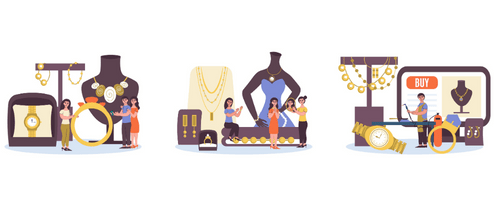“Studies comparing successful and unsuccessful innovations have
found that the primary discriminator was the degree to which user
needs were fully understood” – David Garvin, Harvard Business School.
A new and creative solution (product/ service/ technology/ digital etc) is deemed to be an innovation when it creates value for the customer and the organization. Value creation for the customer will lead to significant adoption and hence revenue for the business.
Several organizations realize this and are designing solutions which are customer centric. However, more often than not this effort does not result in the customer experience enhancement that was envisaged. Many believe that digitalization of customer journey using best available technology (solutions offered by ever mushrooming start-ups) is the mantra for success. But, there have been cases where large dollar spends on digitalization projects have not had significant impact on customer experience. In fact, projects had to be taken post digitization on how to improve adoption & usage of these digital solutions!! Double whammy!
So, what’s missing even when organizations are mapping customer journeys and investing in digital & technology solutions? There are several reasons for the sub-optimal outcomes. Some of these are –
Innovate & Transform Customer Experience!
Transforming customer experience and increasing adoption of products/services & solutions offered at various stages of the customer journey requires designing (or redesigning) solutions and offerings based on “underserved jobs & outcome expectations of the customers”.
While doing the deep dive to understand customer jobs & outcome expectations, it is extremely important to include all customer segments – consumers & non-consumers. There is need to focus on edge of the mass segment/s and is more than just focusing on differently abled customers. This is what we call “inclusive-by-design”. It demonstrates your brand is empathetic and customer centric. This results in opportunity for higher growth and customer loyalty.
Design/ redesign solution/s to solve for functional as well as emotional jobs-to-be-done and also be inclusive-by-design!
BMGI Research – Inclusive-by-Design

Women’s requirements from a car:
BMGI research uncovers the “underserved needs” of women drivers! Read the report
BMGIs Value Proposition
Deliverables: We work with organizations to deliver the following:
CLIENT IMPACT
Explore our case studies on “Customer-led innovation!”



